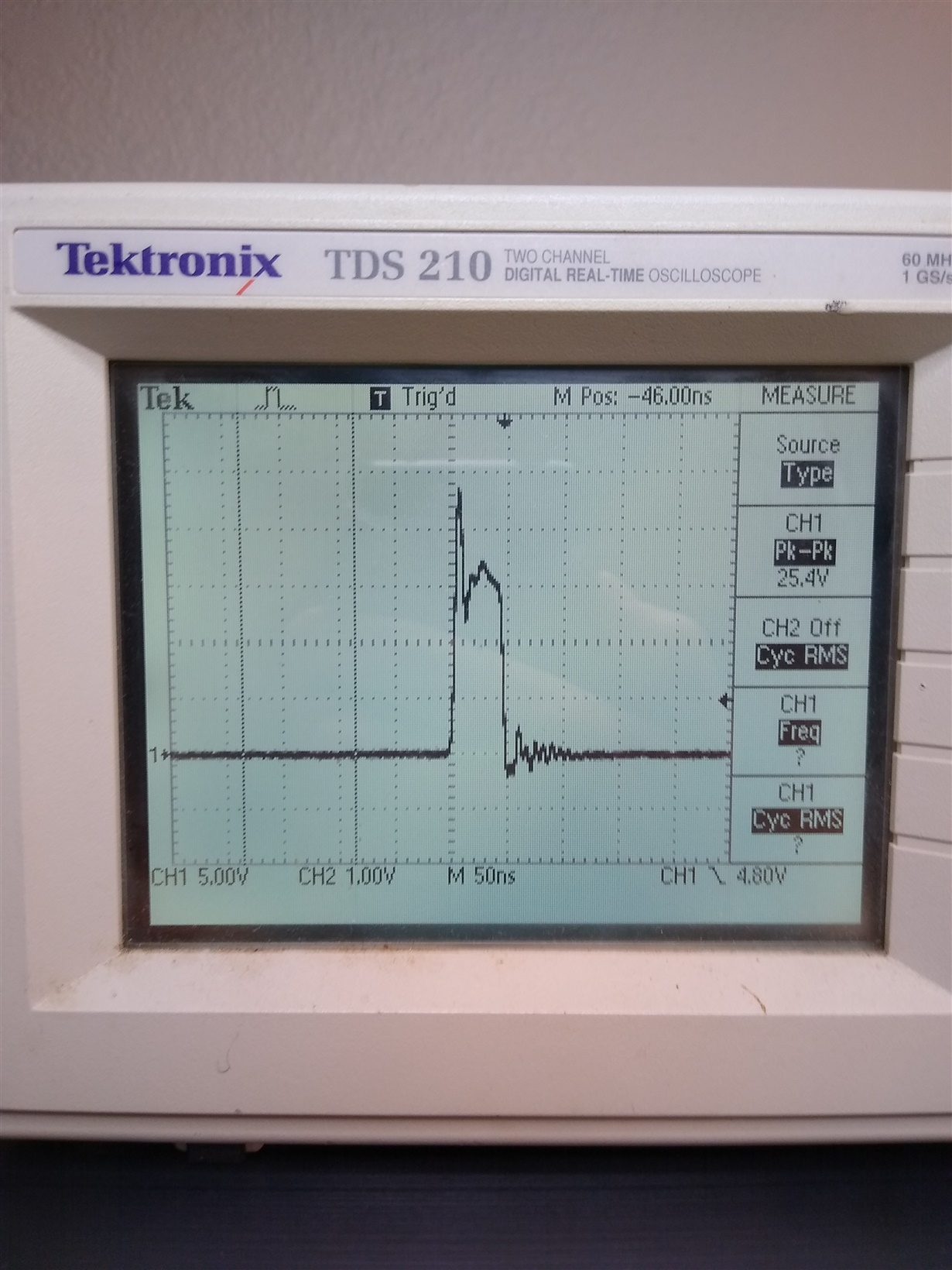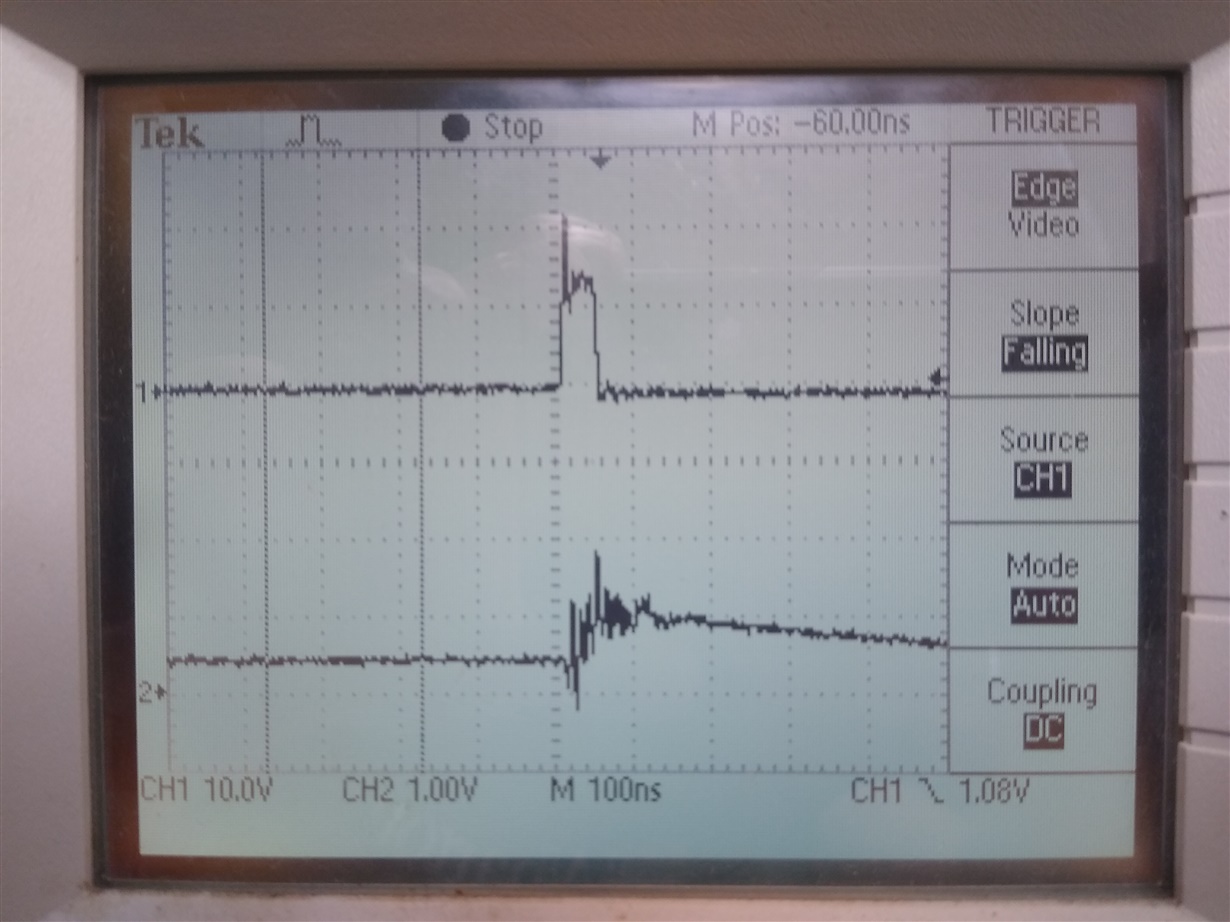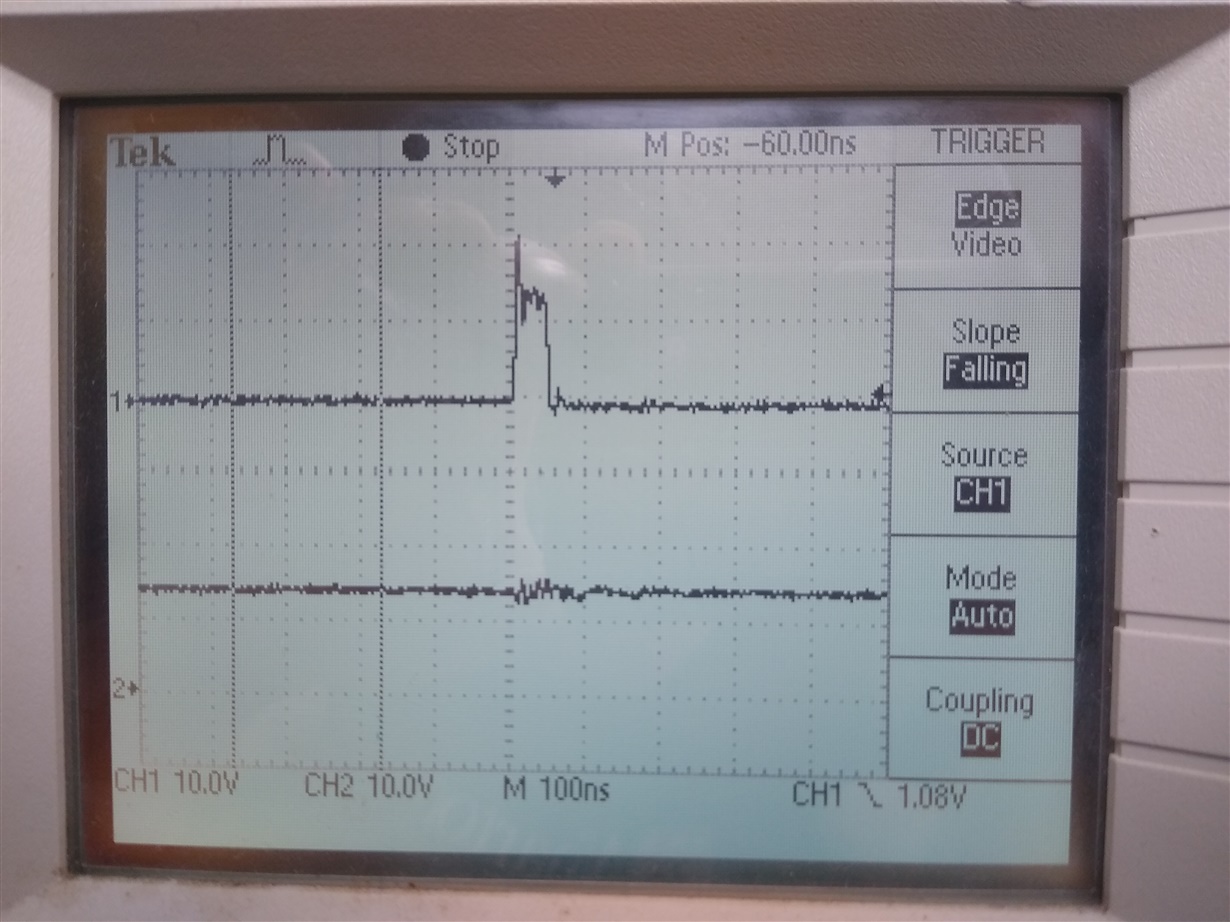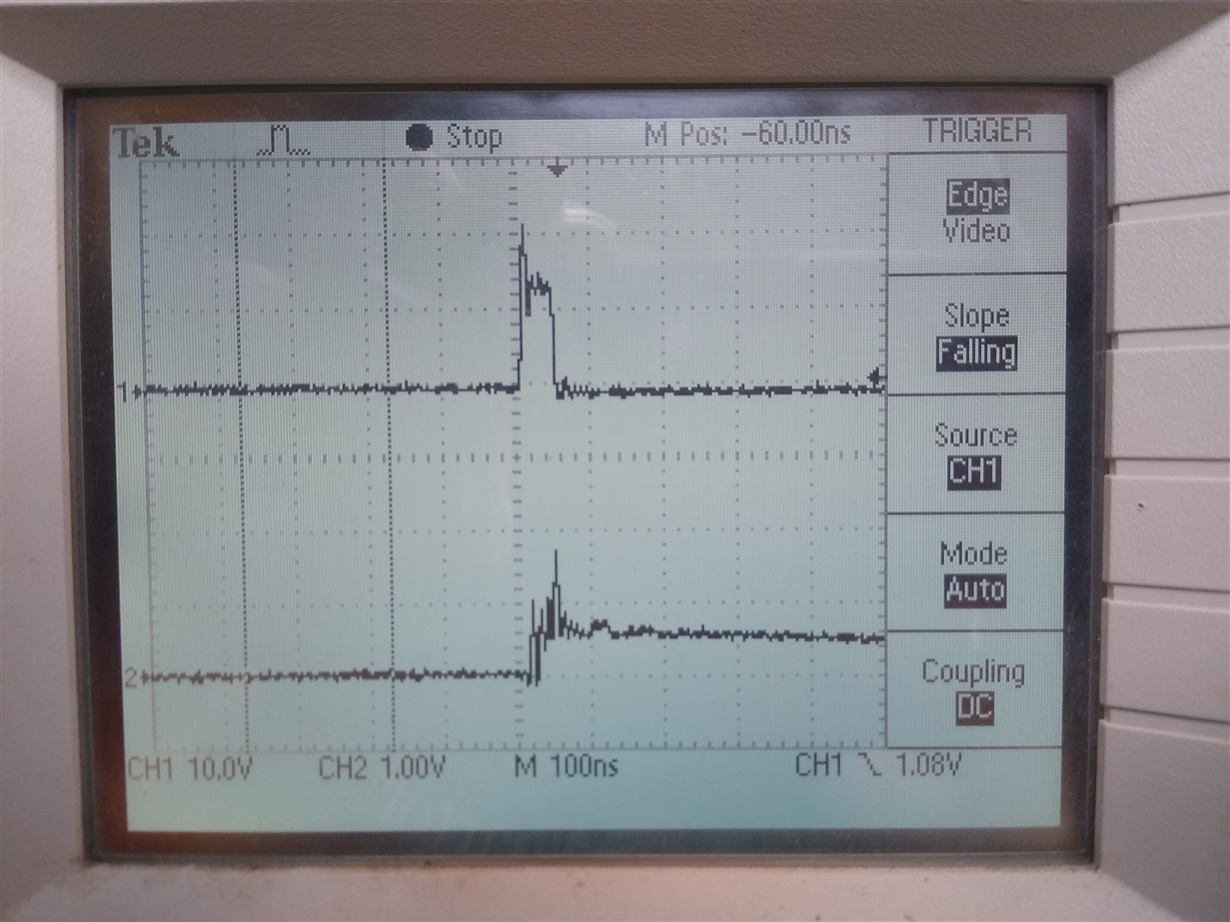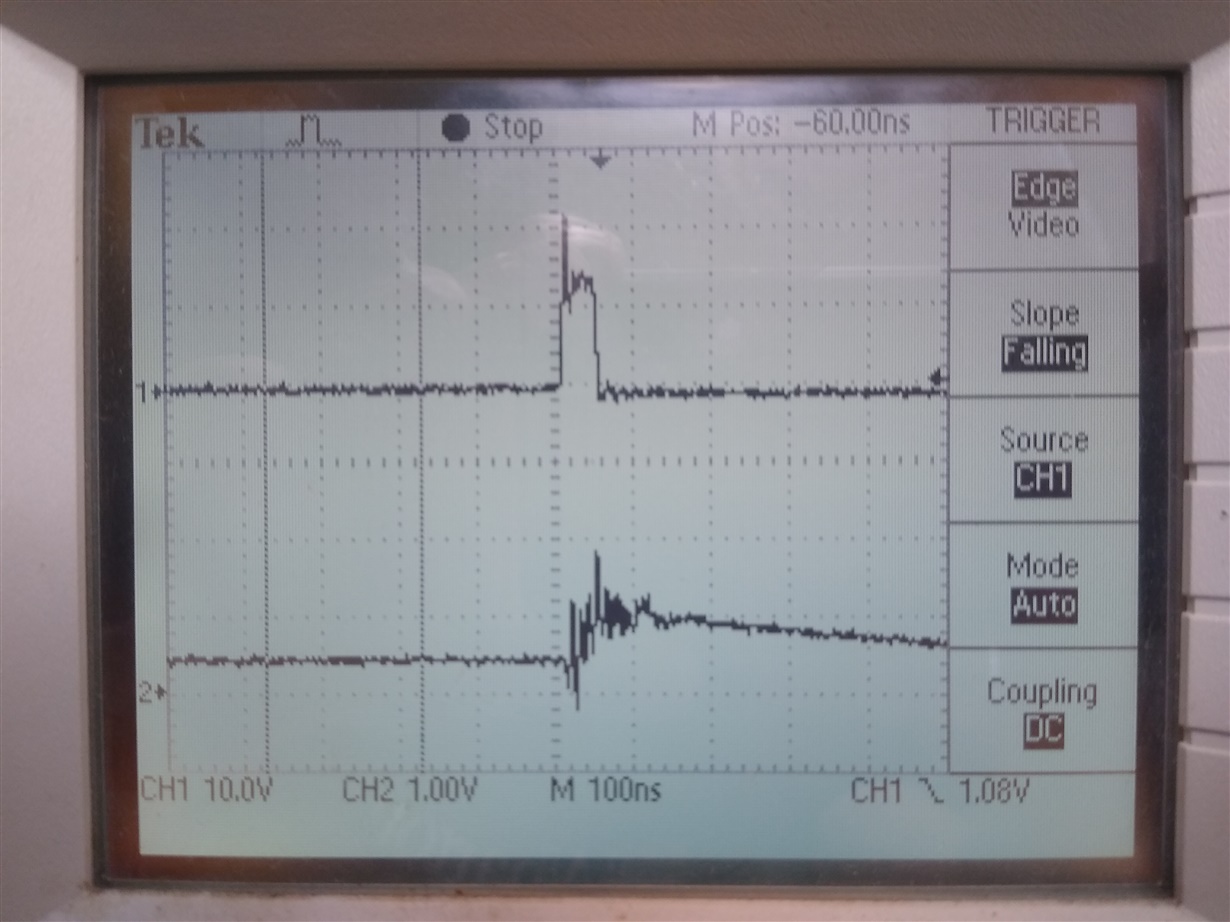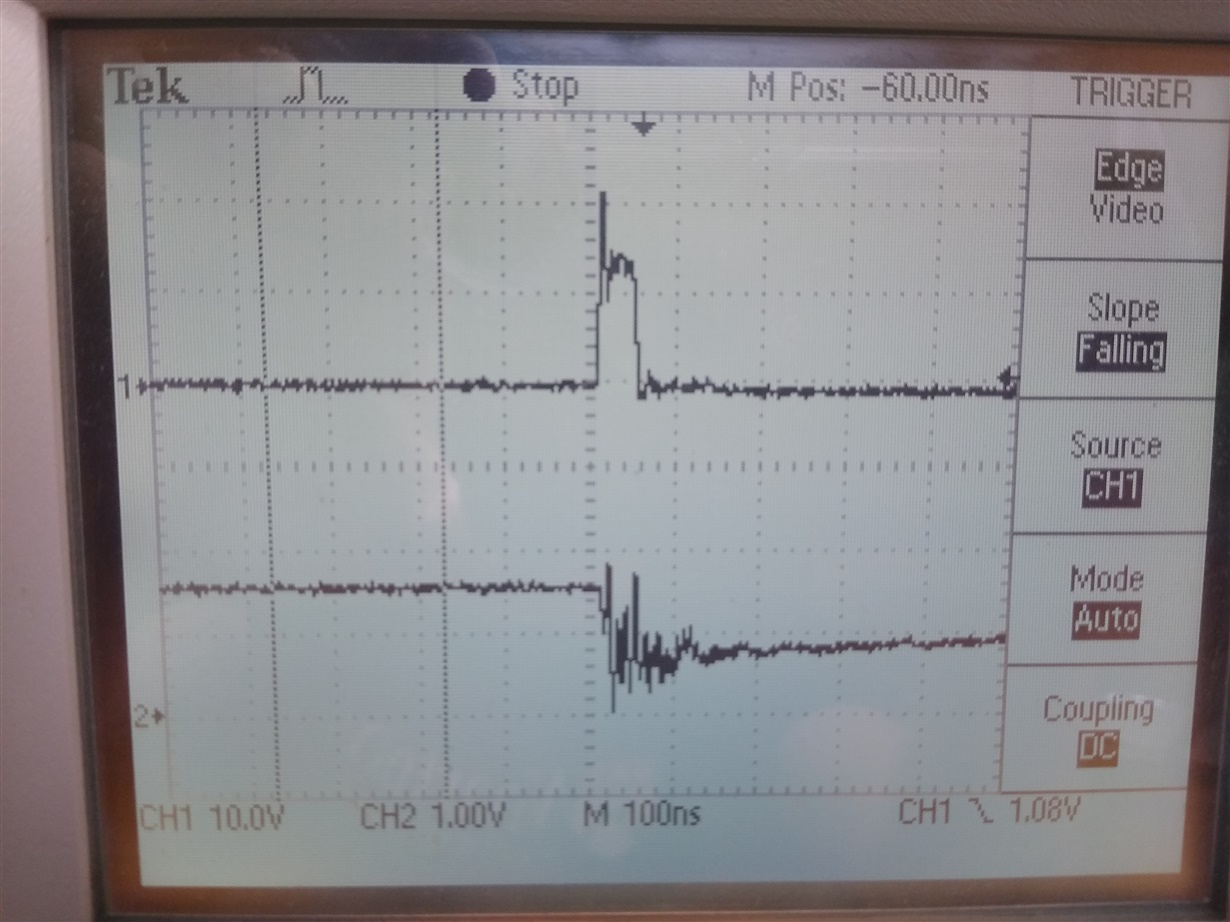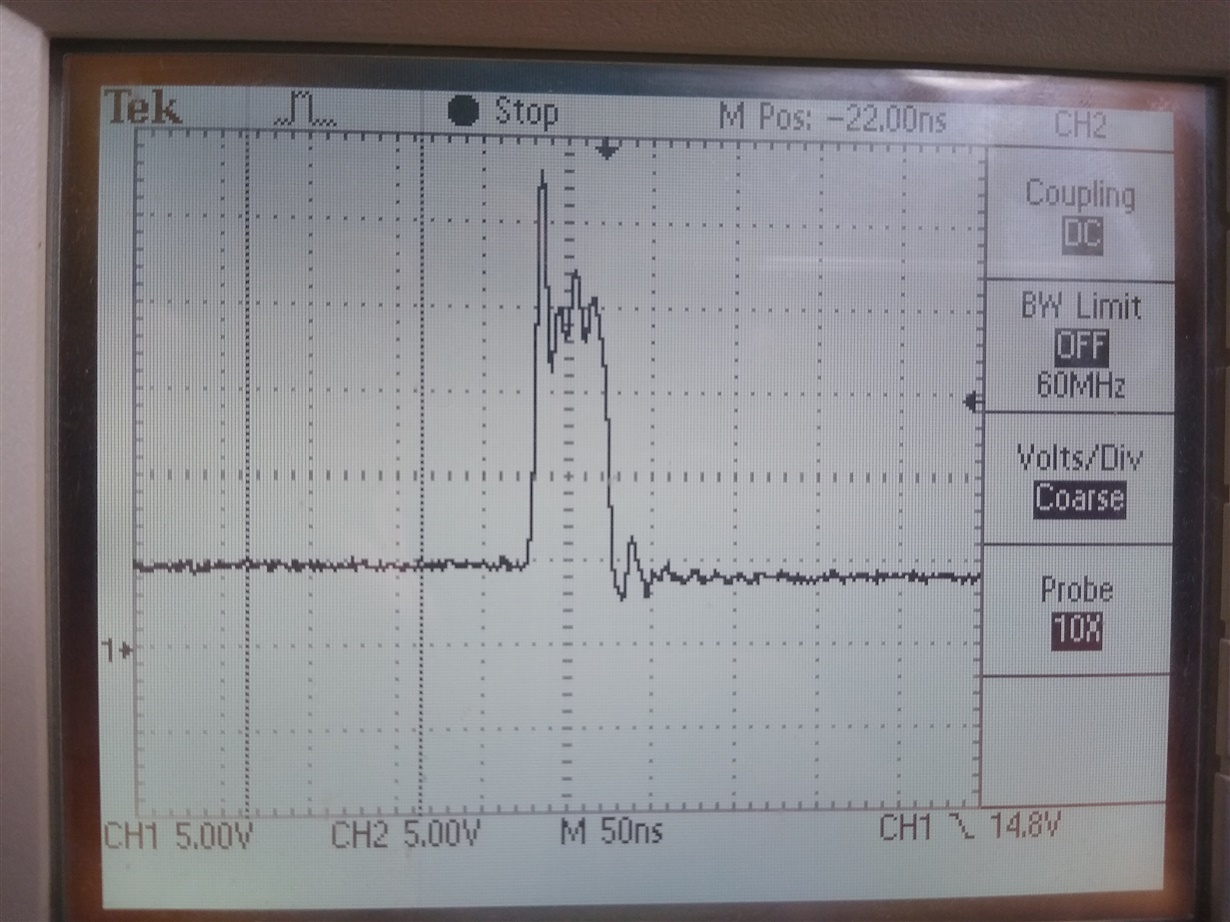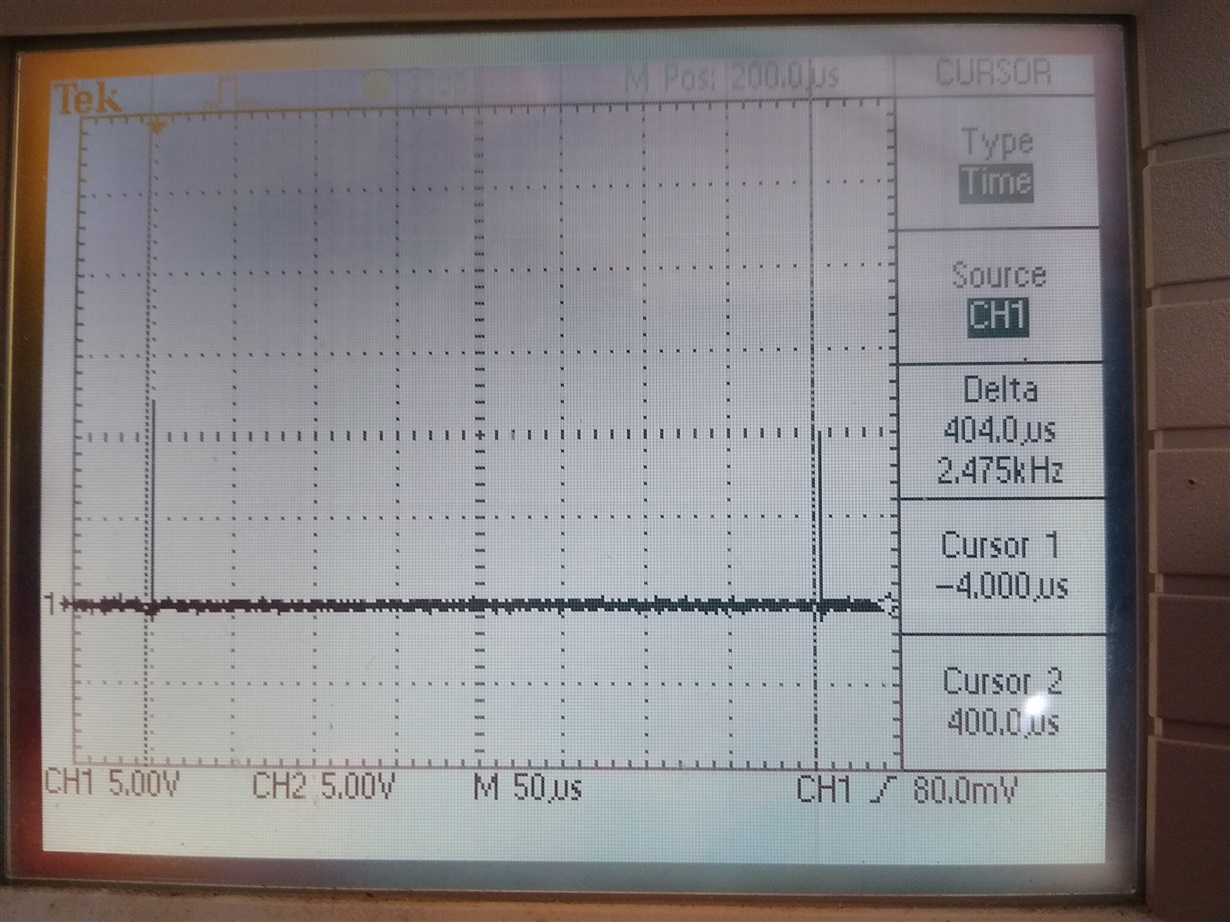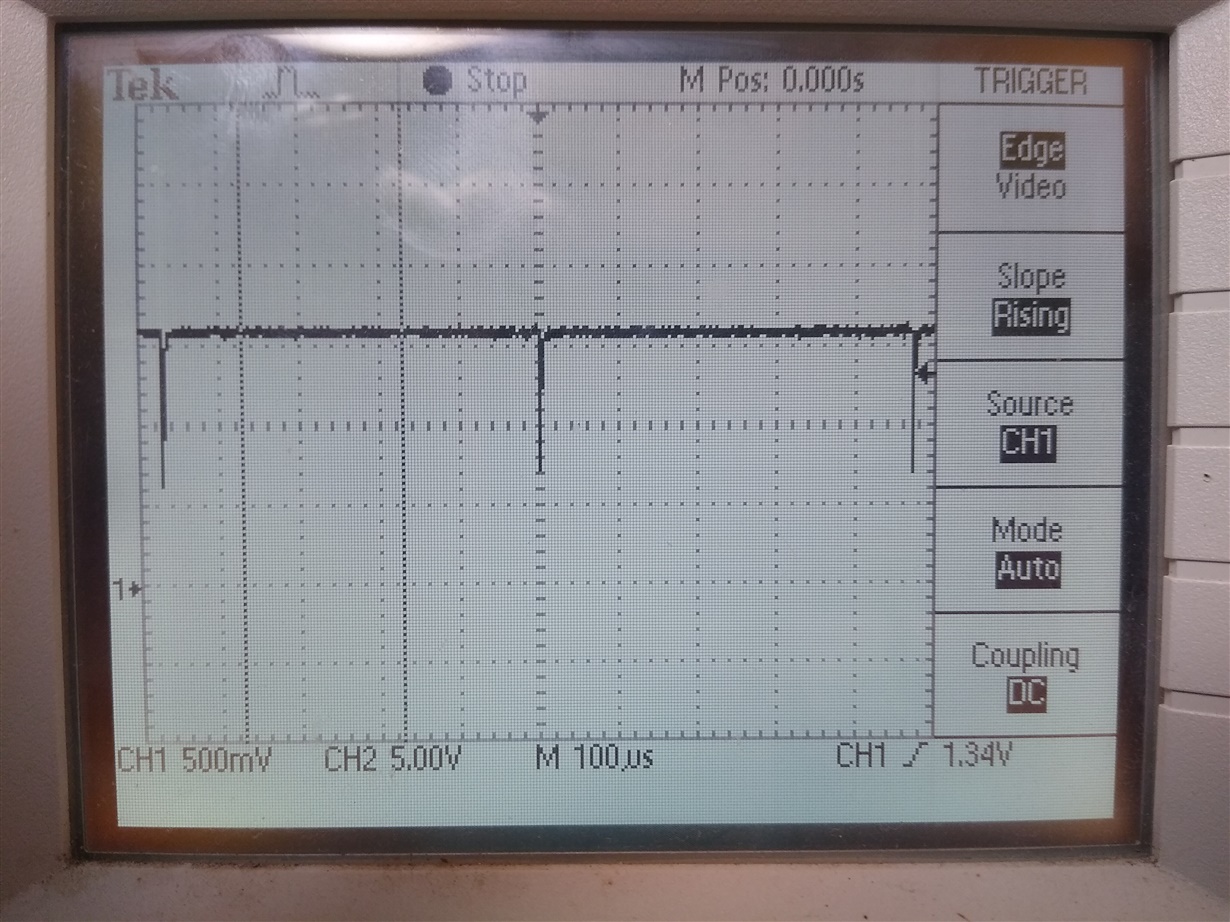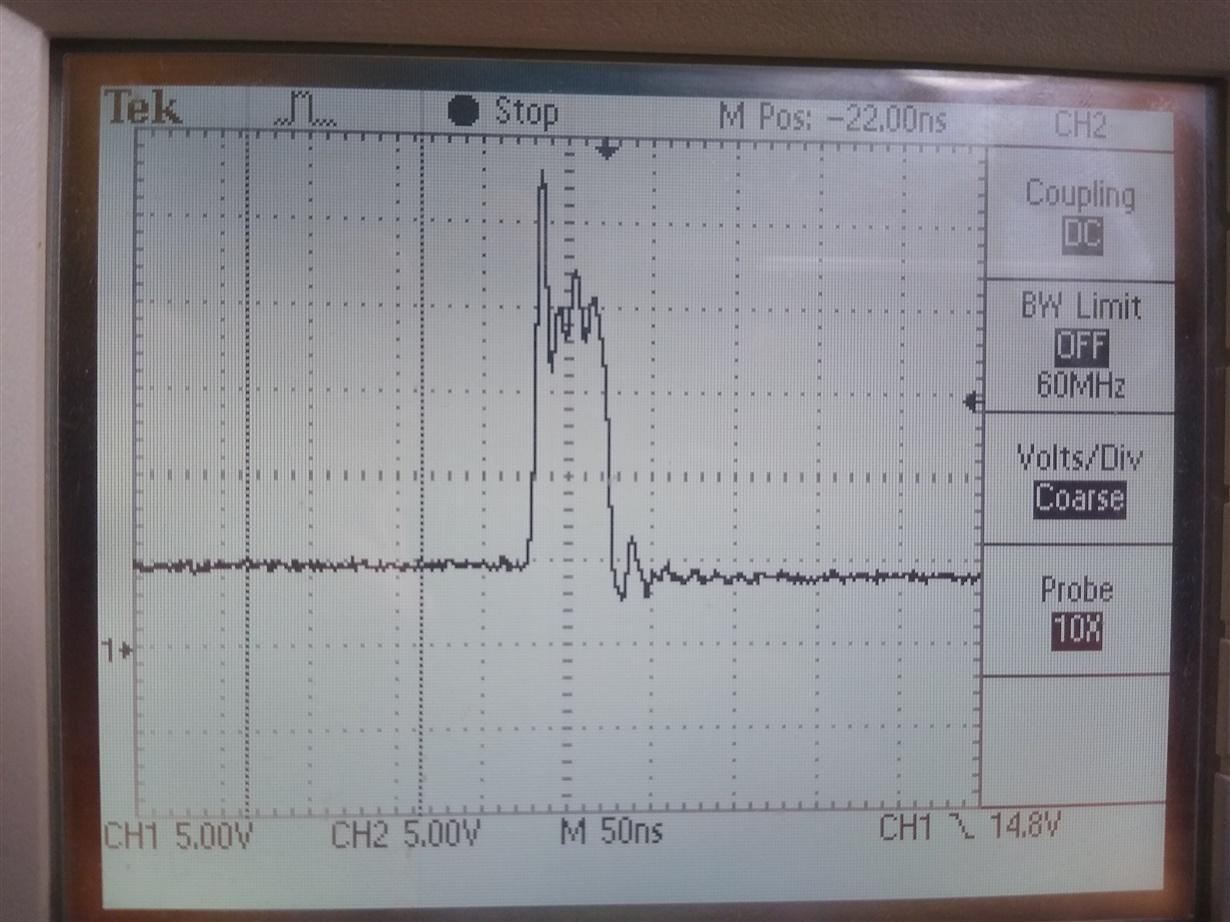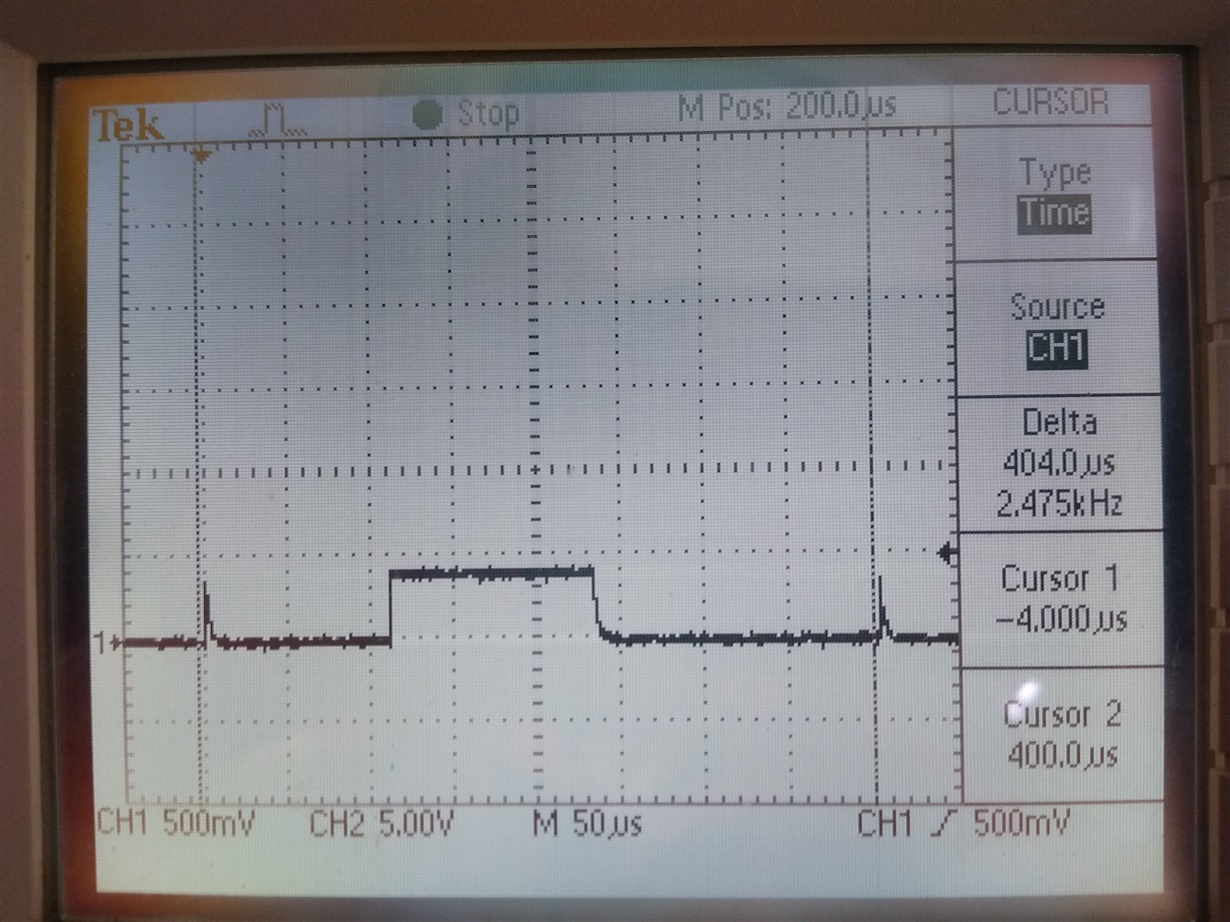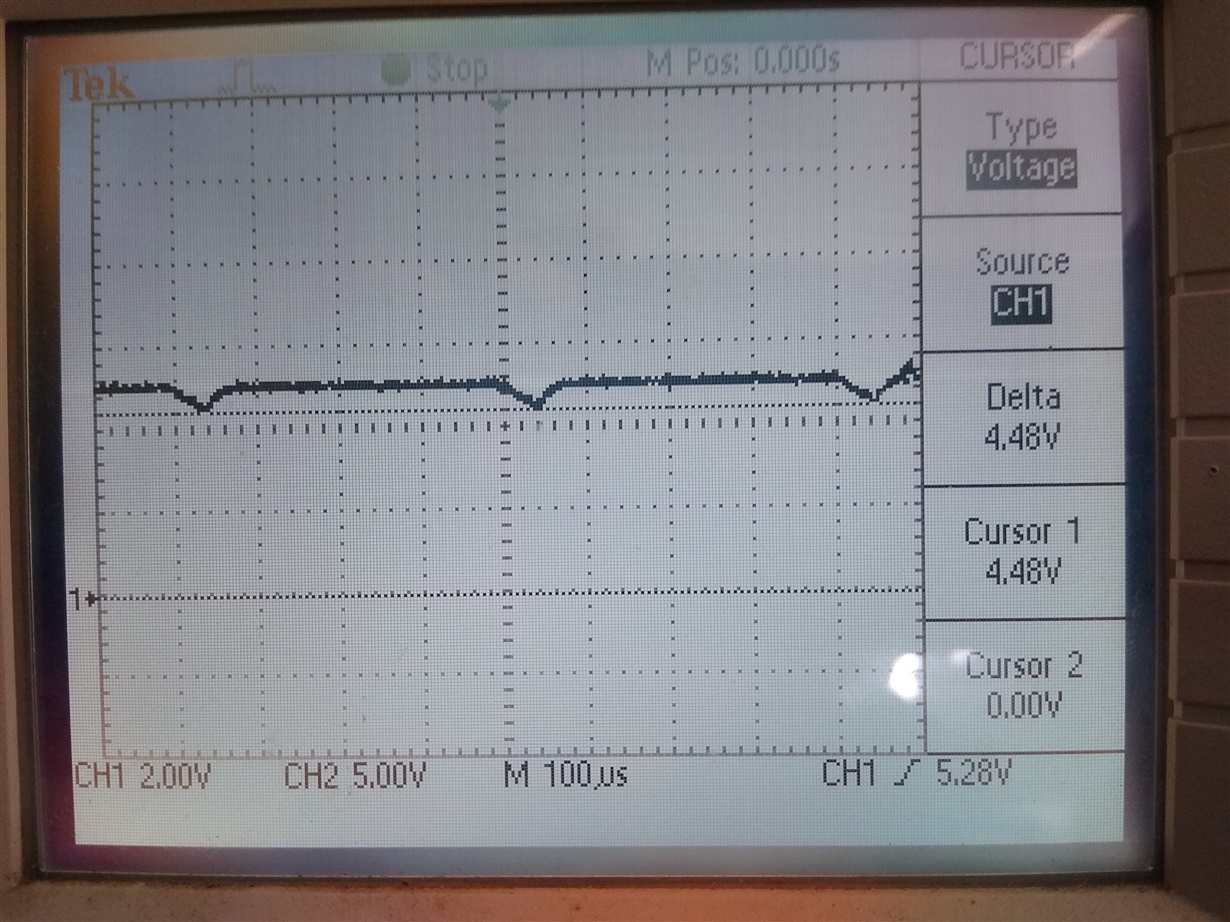Tool/software: WEBENCH® Design Tools
Hi,
I have used Webbench power designer to design a 5V regulator using the TPS53318 part. Schematic is attached.
I have looked at all of the voltages on the board an all look correct, but the device doesn't switch - there is very low - no output (0.07V)
DC Voltages measured at nets names on attached schematic:
VIN: 12.0VDC
EN: 1.3V
TRIP: 0.4V
MODE: 0.12V
PGOOD: 0V
VREG: 5.0V
VBOOST: 5.0V
L1: 0.07V
VOUT: 0.07V
VFB: 0.014
What am I doing wrong? Thanks!


